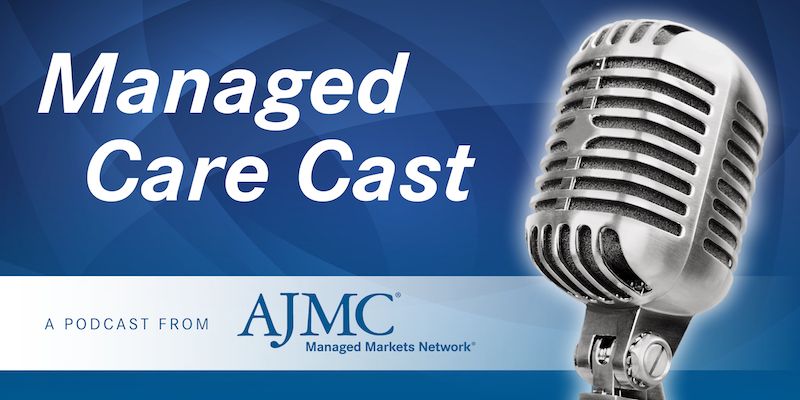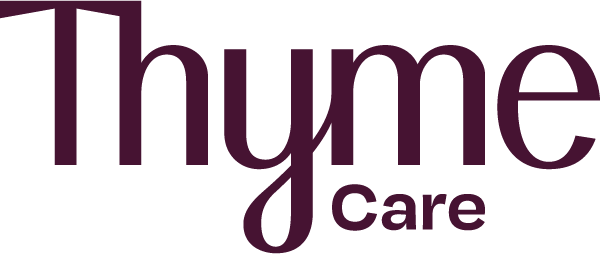Article
5 Things Needed for Success With OCM
Author(s):
For the past 18 months, 187 oncology practices across the United States have been participating in the Oncology Care Model (OCM), the Center for Medicare & Medicaid Innovation (CMMI) program designed to provide higher-quality, more coordinated cancer care at the same or lower cost to Medicare beneficiaries. In this complex program, treatment is divided into 6-month episodes of care, and practices receive quarterly installments of claims data from the Centers for Medicare & Medicaid Services (CMS). Practices are only just receiving their first reconciliation reports from CMS for treatment delivered at the very outset of the OCM. The first few reconciliation reports will be critical, as they will indicate whether a practice can save money and still provide quality care― both of which must occur to succeed in this model.
Sixteen practices in The US Oncology Network (The Network) are participating in the OCM. At this point, it is not known how many―or whether any―of our practices will succeed. Some may not receive a performance-based payment, issued for meeting quality and value thresholds, the first time around. This would not be very surprising because this is considered a “ramp-up” period. Hopefully, for the second performance period, which is already complete, practices will show they can reduce total expenditures compared with what they were predicted to spend, even if they were unsuccessful in cutting costs in the first round. Unfortunately, CMS’ reconciliation reports for the second period will not be available for another 6 or 7 months.
Keys to OCM Success Although there are still many unknowns with the OCM, a few conclusions can be drawn based on what is known about the model. Essentially, there are 5 crucial activities for success. If any of these activities is not done well, the practice probably will not succeed with the program.
1. Identifying patients and billing for monthly-enhanced oncology services (MEOS)
Patients eligible for the program must be identified before they can be enrolled in the OCM and undergo treatment. This may sound easy, but it is difficult to accomplish. Practices must develop workflows to identify OCM-eligible patients. Particularly challenging is identifying patients on oral drugs, as it is hard to know whether an oral cancer medication was prescribed if it was not documented clearly in the electronic medical record. In addition, a practice must have an initial fill date to mark the start of a chemotherapy episode. Patients who receive intravenous treatment are easier to track because the clinic controls drug administration and documentation is more evident. All eligible patients must be enrolled in the OCM— patients can decline participation in the OCM, but the practice can’t pick and choose.
New processes must be established to bill Medicare for the enhanced services offered to patients. The practice may need to hire social workers, navigators, and other staff to deliver these additional services and follow through on program requirements, such as adherence to the Institute of Medicine’s Care Management Plan. Much to Medicare’s credit, the up-front funding needed to accomplish practice transformation is provided in the form of MEOS payments. Without this money, offering unbillable services such as navigation, nutrition, and social work would not be possible in a community cancer care delivery setting. It is still uncertain whether the OCM design will be financially viable for community practices, but the 16 participating practices within The Network are interested in finding out.
2. Performing and reporting on all quality metrics
If practices do not report their data to Medicare, this metric will not be factored into their performance scores. Data must be submitted through the OCM portal and include detailed information about enrolled patients such as cancer stage. Whereas the first performance period required practices to report on quality metrics, the second period required them to improve on those metrics. Practices now must report and perform to succeed in the OCM.
In addition to the metrics submitted by practices, quality measures based on CMS claims data are used to judge practice performance. One of the important measures in this group is how well practices succeed in reducing hospital visits; practices must perform on this metric to achieve points toward their Aggregate Quality Score.
3. Passing audits and other on-site visits
CMS may visit practices to verify that the requirements and intent of the program are being followed. There are requirements for “redesign activities” that must be met. These activities can make a difference in the patient’s cancer care journey, so fulfilling these requirements is imperative to satisfying the terms of the program, not only to pass a potential audit but also to support optimal outcomes. Practices that fail an audit could be removed from the program, even if they are saving money and reporting satisfactorily on quality metrics.
4. Ensuring appropriate cost resource utilization
Cost resource utilization is Medicare’s term for the proper management of MEOS payments to ensure the money is being used to fund enhanced services. To verify funds are being spent appropriately, all practices must submit data on Medicare’s cost resource utilization website. Practices must enter detailed information concerning all new employees— including salary information—who are integral to the OCM. The MEOS money must, at least in part, go to new hires, as the premise is that practices cannot provide enhanced services without increasing their existing workforce. Practices must also submit information on any existing employee who is doing a component of work for the OCM that he or she was not doing before. This information should include how much time is spent on OCM activities.
5. Managing total cost of care
This is one of the most crucial elements of the program, as the management of costs is a core component being evaluated in the OCM. CMS and CMMI are watching the program carefully to see whether it can deliver better, more cost-efficient cancer care to Medicare beneficiaries. In other words, fulfilling CMMI’s Triple Aim: better care, healthier people, and smarter spending.
If practices successfully complete the first 4 keys to success but spend an exorbitant amount of money providing care, they will fail to meet the criterion of controlling costs. Not only will they not receive performance-based payments, but they will ultimately fail the program.
Value-Based Care is Here to Stay
Feedback from patients in the OCM across The Network has been positive, as they have seen an improvement in the way their care has been delivered. Providers are also generally enthusiastic about participating in this novel program, despite the additional workload and practice transformation required.
The OCM is not for all practices, but if a practice believes in what the model is trying to achieve—and the experience has been fairly positive so far—it should be worthwhile to remain in the program. Conversely, if it is burdensome for the practice and difficult to master, it might be wise to discontinue.
Practices not in the OCM are participating in the Merit-based Incentive Payment System, another federal value-based reimbursement program. One way or another, the government is determined to focus on value, and these types of programs are not going away. The OCM is merely a stepping-stone to the future, and oncology practices must adapt to this new way of doing business and delivering care.
Originally published by Onc Live as "5 Key Elements Needed to Achieve Success With the Oncoloy Care Model."





